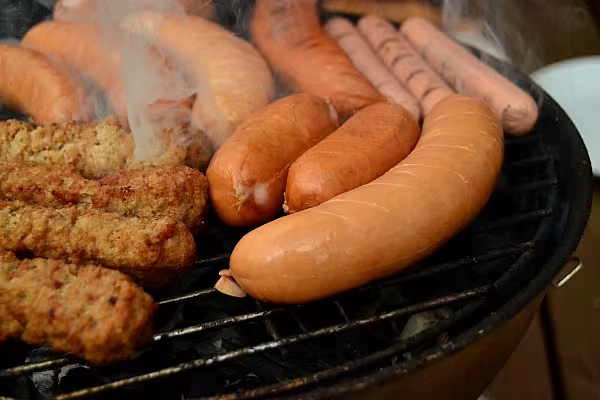While meat costs in the US tend to drop as summer wraps up, this year the declines are more pronounced. Wholesale pork has fallen to the lowest seasonally since 2009, which could bring down grocery-store bills.
Carnivores can thank a boom in US production for cheaper grocery bills, with output expected to reach an all-time high in 2017. There are signs that prices will stay low. December hog futures are on pace for a third straight monthly loss, and hedge funds have lowered their bets on a rebound in five of the past six weeks.
“There’s no shortage of meat,” said Don Roose, president of US Commodities in West Des Moines, Iowa. “The retail price is probably going to stay under pressure.”
American pork production is forecast to rise 3.6% this year, with even more meat coming in 2018, according to the US Department of Agriculture. Beef and chicken output are also climbing as steady corn prices keep feed costs low for livestock producers.
Hog futures for December settlement slumped 3.2% in Chicago last week. They were down 0.4% at 56.4 cents a pound at 8:55 am local time Monday.
Wholesale Meat Prices
Speculators aren’t showing much enthusiasm for a rally. Investors’ net-long position, or the difference between bets on a price increase and wagers on a decline, rose just 1.6% to 56,732 futures and options contracts in the week ended September 19, according to US Commodity Futures Trading Commission data released three days later. What’s more telling: the holdings are down 33% from this year’s high in mid-July.
Wholesale meat prices typically start to fall in mid-summer as buying for the grilling season wanes. Pork has tumbled about 30% from its July peak, and pork-bellies - the cut used for bacon - have dropped almost 60%. That could curb costs at the grocery store, when tend to lag wholesale declines. In August, retail bacon was a record $6.241 a pound. And while chops are down from historical highs, prices also ticked up at supermarket coolers last month.
Expanding supplies signal lower costs ahead. Total US meat output may top 100 billion pounds for the first time ever this year.
US pork processors are adding plants in the Midwest, and capacity may rise as much as 10% by mid-2019, according to a June report from CoBank, an agricultural lending cooperative based in Greenwood Village, Colorado. Hog-slaughter weights have been rising recently, which adds to production. The USDA is scheduled to release its latest figures on the domestic hog herd in a report next week.
While wholesale costs for the commodity are heading for a fourth month of declines, investors are signalling they’re preparing for a turnaround. The cattle net-long position rose 5.3% last week to 86,652 contracts, the CFTC data show. That marked a second straight gain, the longest streak since the end of May.
News by Bloomberg, edited by ESM. Click subscribe to sign up to ESM: The European Supermarket Magazine.














